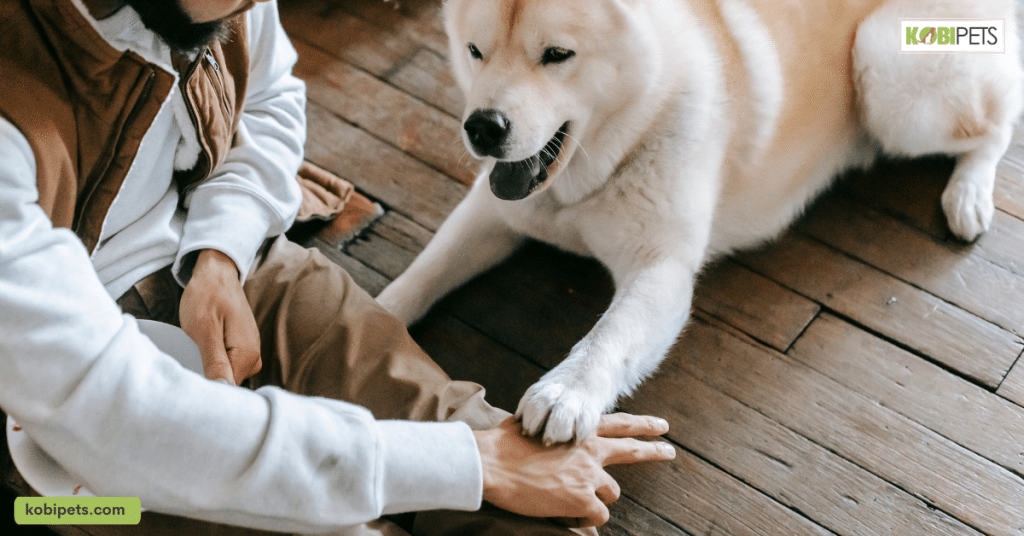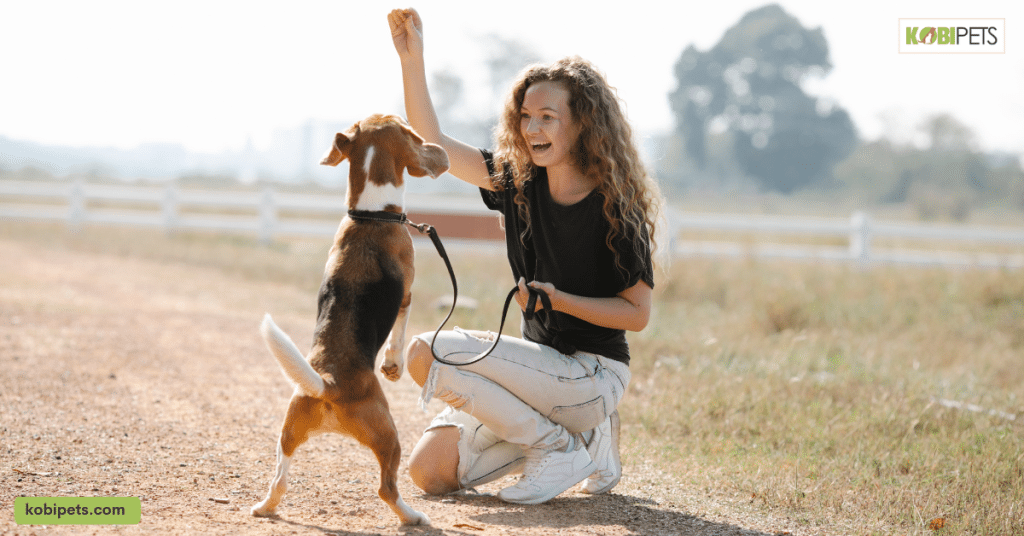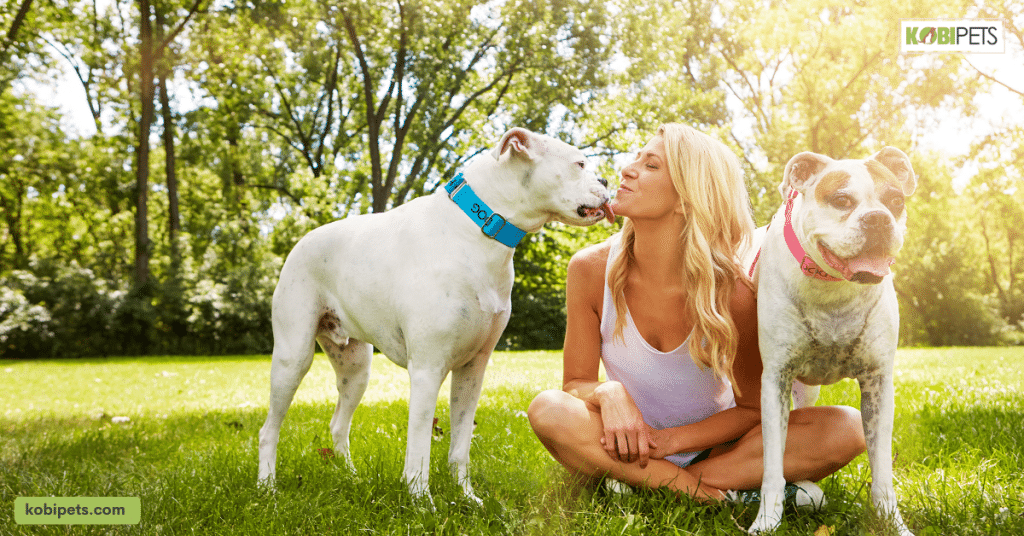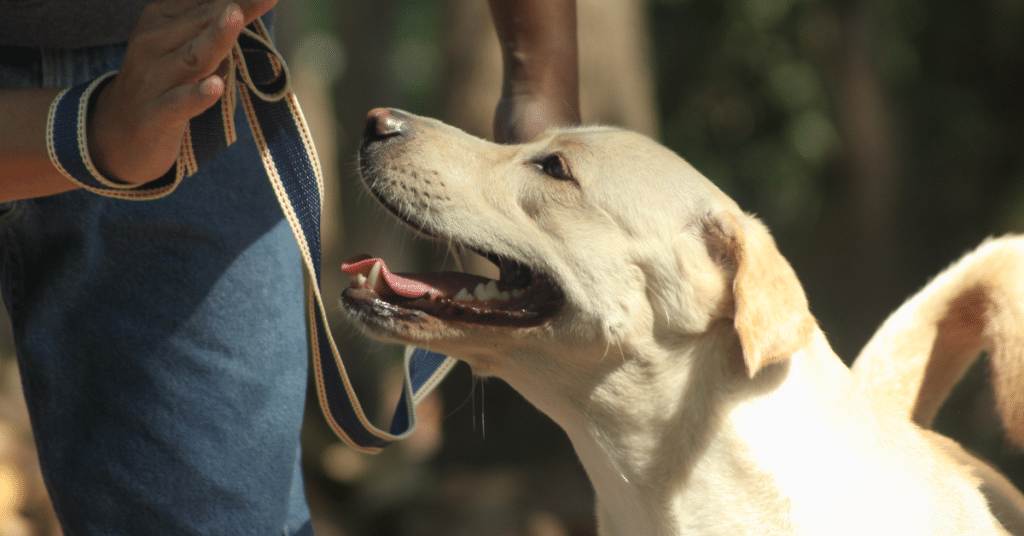
When it comes to dog training, consistency is key. Start with basic commands like sit, stay, and come, and reward your furry friend with positive reinforcement. Remember that patience and clear communication are your best tools for ensuring your dog becomes a well-behaved and happy member of your family.
Dog training is the key to a happy and well-behaved pet. In this article, we’ll provide you with 10 essential dog training tips to help you build a strong bond with your furry friend. Let’s get started on the path to a harmonious partnership with your canine companion!
1. Early Puppy Training
Starting dog training early, especially during the puppy stage, is crucial because it lays the foundation for a well-behaved and obedient pet. Puppies are like sponges, eagerly absorbing new information and experiences, making this the ideal time to instill good behavior habits.
Additionally, early training helps puppies become well-socialized, ensuring they are comfortable and confident in various environments and around different people and animals.
2. Positive Reinforcement
Positive reinforcement is a powerful and humane training technique that relies on rewarding good behavior with treats, praise, or affection. It’s effective because it motivates your dog to repeat behaviors that earn them rewards.
For example, when your dog sits on command, rewarding them with a treat reinforces the desired behavior. This method not only strengthens the bond between you and your dog but also makes training enjoyable for both parties.

3. Consistency in Rules
Consistency is a cornerstone of successful dog training. Dogs thrive on routine and clear boundaries. It’s vital for everyone in the household to enforce the same rules consistently. Mixed messages confuse your pet and hinder progress. Establishing and maintaining clear and consistent rules and routines helps your dog understand what is expected of them, leading to a well-adjusted and well-behaved canine companion.
4. Basic Commands (Sit, Stay, Come)
Basic commands like sit, stay, and come are fundamental because they ensure your dog’s safety and enhance their responsiveness to your cues. These commands provide the framework for more advanced training and allow you to have better control in various situations. Teaching these commands involves clear communication, patience, and positive reinforcement to help your dog understand and obey them reliably.

5. Leash Training
Leash training is essential for both your dog’s safety and your enjoyment of walks together. It teaches your dog to walk calmly beside you without pulling, which prevents accidents and creates a more pleasant experience for both of you.
Proper leash training involves teaching your dog to respond to leash cues and gradually exposing them to various environments and distractions. This training not only improves leash manners but also fosters a stronger bond between you and your dog.
6. Crate Training
Crate training provides your dog with a safe and comfortable haven while assisting in housetraining and preventing destructive behavior. Dogs are den animals by nature, and crates can mimic the security of a den. When done correctly, crate training helps your dog view the crate as a positive space and reduces anxiety when left alone. It’s a valuable tool for managing your dog’s behavior and ensuring their well-being.

7. Problem Solving
Addressing common behavioral issues such as chewing, barking, and aggression is an integral part of dog training. Understanding the underlying causes of these problems is crucial to finding effective solutions.
Training techniques like desensitization, counter-conditioning, and redirecting unwanted behaviors can be employed to modify your dog’s behavior positively. By addressing these issues, you can create a more harmonious living environment for both you and your furry companion.
8. Socialization
Socialization is the process of exposing your dog to various people, animals, environments, and experiences to ensure they become well-adjusted and confident. It’s particularly important during the puppy stage when dogs are most receptive to new experiences. Proper socialization helps prevent fear and aggression issues in adulthood and enables your dog to enjoy a wide range of social interactions throughout their life.

9. Patience and Persistence
Dog training can be challenging, and setbacks are common. Patience and persistence are key qualities for dog owners. Expecting quick results can lead to frustration, but consistent effort and a positive attitude will pay off in the long run. Dogs, like humans, learn at their own pace, and maintaining a patient and persistent approach will lead to better training outcomes and a stronger bond with your dog.
10. Professional Dog Training
While many dog owners can successfully train their pets on their own, there are situations where professional help is invaluable. A professional dog trainer can assess your dog’s specific needs and provide expert guidance and support.
Consider seeking professional assistance if you’re dealing with severe behavioral issues or if you’re unsure how to address certain challenges. Finding a reputable trainer who uses positive reinforcement methods can make a significant difference in your dog’s behavior and overall well-being.

In conclusion
Successful dog training is an art that requires time, patience, and dedication, but the rewards are immeasurable. By starting early, using positive reinforcement, and establishing consistent rules, you can lay the foundation for a well-behaved and happy pet.
Teaching basic commands and leash training ensures your dog’s safety and enhances your bond. Crate training offers comfort and security while addressing common behavioral issues and promoting socialization creating a well-adjusted companion.






